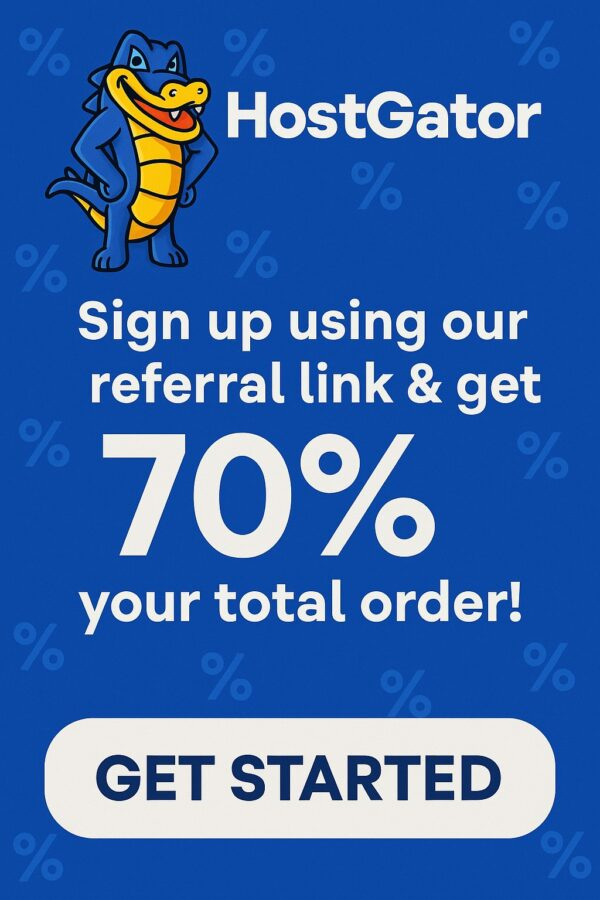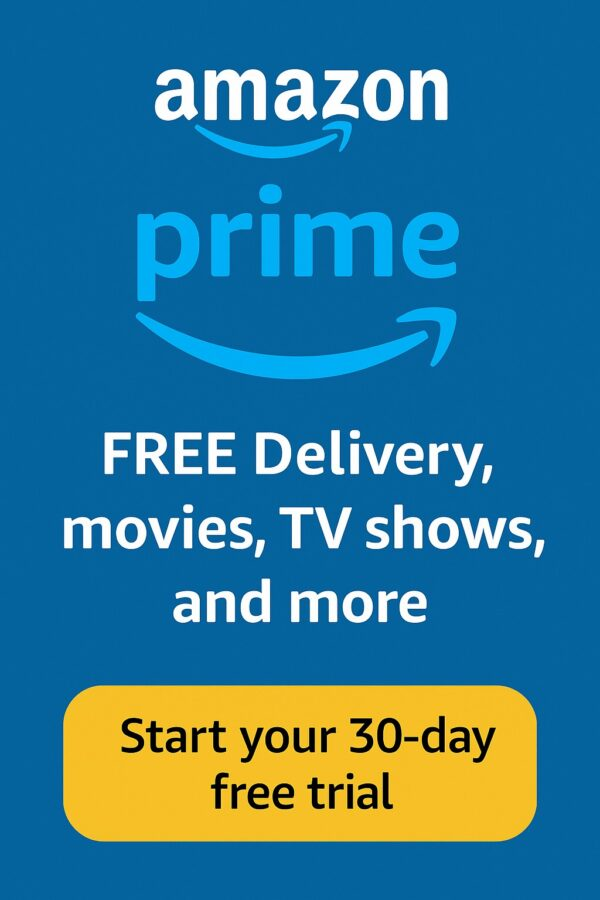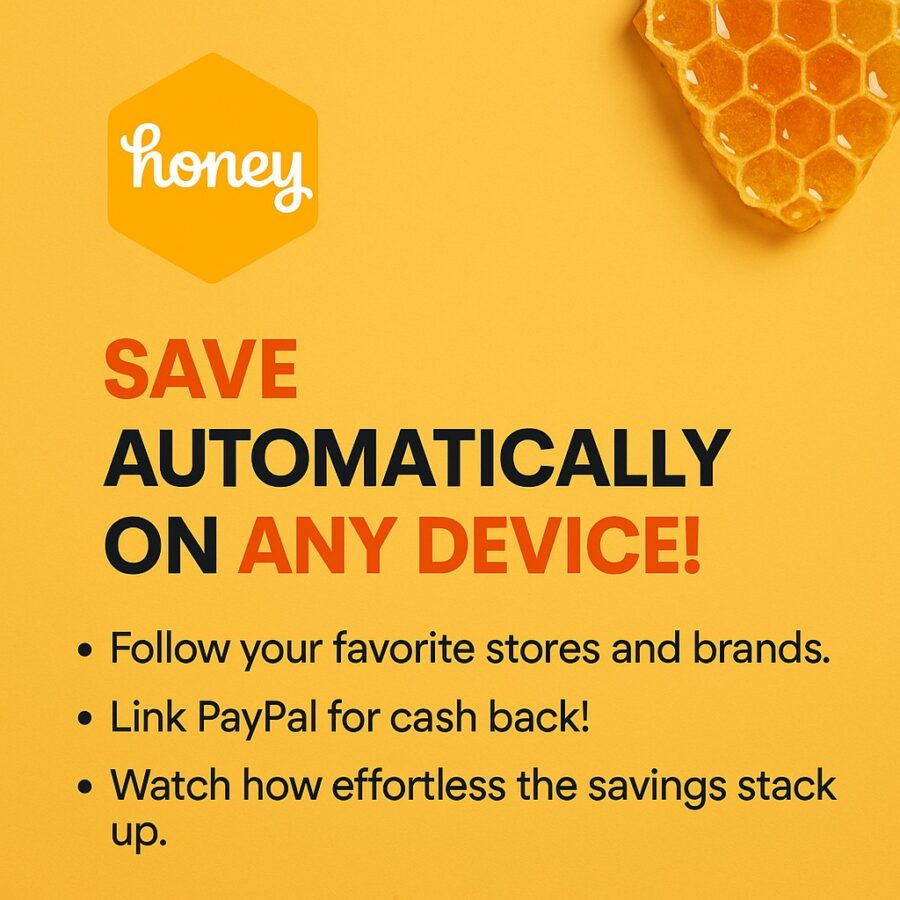Views: 0
A coffee shop at closing time can teach you everything about launching a newsletter. The floor is quiet. One regular still lingers. The barista wipes the counter in careful rows. That rhythm is your edge. Not frantic growth hacks. Not luck. Rhythm. Today you are going to build that rhythm with agent workflows that research your niche, draft clean copy, and turn attention into income. The title is the plan. Launch A Newsletter With Agents: Research, Write, And Monetize.
Why agents are your unfair advantage
Most people skip the unglamorous steps that make a newsletter work. Topic scouting. Source validation. Outline shaping. Call to action testing. Agents excel at repetitive, rules-based work that humans avoid. You keep the judgment and voice. Agents carry the bricks.
Here is the frame you will use.
- A Research Agent to map demand, capture sources, and extract quotes.
- A Drafting Agent to propose outlines, tighten prose, and enforce tone and length.
- A QA Agent to check facts, style, links, and tracking.
- A Monetization Agent to insert approved offers and schedule sponsor outreach.
Keep your tool stack simple. One editor. One list platform. A small set of search and scraping helpers. The system wins through cadence, not complexity.
The north star metric for newsletters
Open rates still matter, yet they can mislead since privacy changes distort tracking. Click rate tells you who acted. It is the cleanest early signal that your topic and offer resonate. Industry reports show average click rates around two percent, with ranges by niche. Treat two percent as a baseline to beat while you refine your agent workflows. (MailerLite)
For benchmarking at a glance, scan open and click norms by industry rather than chasing absolute numbers. Business and finance lists often see open rates in the low thirties and click rates near three percent, while ecommerce trends lower on clicks. Use these as orientation marks, not commandments. The goal is steady improvement from your own baseline. (Mailchimp)
Affiliate Link
See our Affiliate Disclosure page for more details on what affiliate links do for our website.
Subscribe to Amazon Prime today and be prepared for the Spooky Season.
(Click the image below to Join Amazon Prime using our affiliate link.)
The dependency grammar spine for your issues
Your weekly issue follows a reliable flow.
- Claim. A clear thesis readers can disagree with.
- Evidence. Data points, examples, and a short case.
- Implication. What this means for the reader’s next move.
- Action. One practical step they can complete in minutes.
This pattern keeps your prose tight and your agents aligned. Agents cannot improvise meaning, but they can enforce structure.
Set up your Research Agent
Rig your Research Agent to do three things.
Collect demand signals. Track five places: search queries, Reddit threads, X posts, LinkedIn polls, and recent product updates from your niche vendors. Ask the agent for top questions, repeated complaints, and language patterns people use.
Harvest sources and quotes. Instruct it to copy the exact sentence plus the link for any stat, claim, or quote. You will cite sparingly, and you will cite cleanly.
Summarize into briefs. The agent returns a one-page brief with three headlines, one counterpoint, three supporting links, and one chart idea. That brief seeds your outline.
Prompt: You are my Research Agent. For the topic “{TOPIC}” return a one-page brief with: 3 proposed headlines, a contrarian angle, 3 supporting links with one-sentence summaries, the most shared question on Reddit or X with link, and one chart idea using available public data. Keep it under 200 words. Use neutral language and paste source URLs.
Turn briefs into outlines with your Drafting Agent
Outlines remove the fear of the blank page. Your Drafting Agent converts the brief into a hierarchy of H2 and H3 sections, each mapped to the dependency pattern. It also selects scannable elements like bullets, short paragraphs, and callout boxes.
Prompt: You are my Drafting Agent. Convert this brief into an outline for a 1,900 to 2,100 word newsletter titled “Launch A Newsletter With Agents: Research, Write, And Monetize.” Use H2 and H3 only. Each section follows Claim, Evidence, Implication, Action. Insert one short case study and one checklist. End with a single call to action.
When the outline passes your sniff test, the same agent produces a first draft at a sophomore-level reading band. You own the voice. The agent keeps the pace.
Prompt: Using the approved outline, draft the full issue in plain English. Keep sentences short. No em dash. Avoid corporate jargon. Maintain an educated male professor tone with a human flow. Insert only facts from cited sources in the brief. Underline any sentence that still reads vague so I can rewrite it manually.
Affiliate Link
See our Affiliate Disclosure page for more details on what affiliate links do for our website.

The editorial checklist your QA Agent enforces
Your QA Agent catches what humans miss when tired.
- Verify every stat has a real source and that the link resolves.
- Flag weasel words like “best,” “always,” and “guarantee.”
- Enforce one idea per sentence.
- Check the SEO key phrase appears in H1, one H2, and within the first 100 words.
- Confirm the word count between 1,800 and 2,200.
- Test all links and UTM parameters.
- Ensure the call to action matches the monetization plan for this issue.
Your QA Agent produces a pass-fail report with required edits and a ready-to-send version.
Build your monetization base early
Creators wait too long to monetize. You do not need a massive list to start. Platforms now offer built-in ad networks, paid recommendations, and sponsor marketplaces that fit small audiences. Beehiiv’s Ad Network, for example, opens a path to placements once you meet plan and policy requirements. Treat these as a supplement to your own offers. You remain in control of your reader’s trust. (Beehiiv)
Sponsorship marketplaces also match creators with brands. ConvertKit’s Sponsor Network model places sponsors, handles payment, and leaves you focused on content. Use marketplace revenue to smooth cash flow while you test your own product offers. (EmailTooltester.com)
Four monetization tracks that compound
Track 1. Sponsorships you would buy yourself. Start with a single, relevant tool or service. Write a tiny case about how you used it. Keep editorial independence. Publish your rate card and honor it. A weekly takeover is simple to operate and easy for readers to understand. Treat sponsor copy like your own writing. Do not hand your voice to a PDF. (EmailTooltester.com)
Track 2. Reader-supported upgrades. Offer a paid tier with tangible bonuses. Examples include monthly deep dives, a private Q and A, templates, or office hours. Ship value on a schedule. Publish a public roadmap so free readers see what they could unlock.
Track 3. Partner recommendations. Add one vetted affiliate link that matches the week’s topic. Disclose clearly. Think utility rather than hype. Pair the link with a one-sentence use case so readers know when to click.
Track 4. Your own lightweight product. A checklist, a calculator, a micro-course, or a template kit. Use the newsletter to validate demand. Once the offer sells, stack it into a small store. The newsletter becomes your distribution loop.
Affiliate Link
See our Affiliate Disclosure page for more details on what affiliate links do for our website.
](https://altpenguin.com/wp-content/uploads/2025/08/veed-ad.webp)
Calibrate your north star from week one
Start simple. Define success for the first four weeks with three numbers.
- Send rate. Did you ship the issue on time.
- Click rate. Did at least two percent of readers click a link. If not, adjust topic selection and link placement. (MailerLite)
- Cash rate. Did the issue earn any revenue. A single sponsor or a trickle from one partner link counts. Momentum matters more than size at this stage.
After month one, add a fourth number.
- Reply rate. Measure direct replies to one simple question in the issue. Use those replies to fuel next week’s brief.
The agent-driven production week
You will run a clean seven-day loop. Repeat it until it becomes muscle memory.
Day 1. Research sweep. Your Research Agent collects questions, links, and quotes. You choose the thesis. It takes ten minutes when the brief is tight.
Day 2. Outline and angle. Your Drafting Agent turns the brief into an outline. You edit the angle line and approve.
Day 3. First draft. The agent drafts. You rewrite the opening and the case study. You cut anything that smells like filler.
Day 4. Fact pass and links. The QA Agent verifies sources, checks tracking, and trims the fat. You verify the call to action aligns with the monetization track chosen for the week.
Day 5. Monetization setup. The Monetization Agent places the sponsor block or partner link and schedules any follow-up outreach. It also updates your revenue tracker and pipeline notes. Platforms and sponsor networks can simplify this step when you are ready to scale. (EmailTooltester.com)
Day 6. Design and final proof. Header image, alt text, preheader, test emails, and link click tests. Keep the design minimal. Words carry the sale.
Day 7. Send and listen. You ship at the time your readers proved they like. You ask one question that takes five seconds to answer. You record the replies and feed them to next week’s brief.
A simple content thesis that never dries up
Pick one transformation your reader values. Stick to it. The transformation can be measured in money, time, or satisfaction. Then rotate through these four content types.
- Field notes. A real experiment you ran this week.
- Playbook. A repeatable process with steps.
- Teardown. A breakdown of something working in the wild.
- Q and A. A reader question answered with clarity.
Your Research Agent assigns a working title for each type. Your Drafting Agent fills in the spine. You bring the voice and the story.
Affiliate Link
See our Affiliate Disclosure page for more details on what affiliate links do for our website.
The Numbers Box
Plug this tiny box into every issue. It makes your newsletter trackable at a glance.
- List size. Active subscribers this week
- Send count. 1 of 1
- Click rate. X percent versus 2 percent baseline (MailerLite)
- Revenue. Sponsors, affiliates, or paid tier
- Reader question of the week. One line
Consistency builds trust. The Numbers Box proves you respect the reader’s time.
A tiny sponsor pipeline you can run in under an hour
Your Monetization Agent maintains a three-column spreadsheet.
- Prospects. Brands your readers already use.
- In progress. Brands you pitched.
- Booked. Brands with a signed insertion order.
Once a week, the agent sends five personalized outreach emails. It tracks responses and schedules follow-ups based on rules you set. Keep your pitch short.
Prompt: You are my Monetization Agent. Draft five 90-word emails to potential newsletter sponsors that serve {AUDIENCE}. Each email references one recent article of theirs and suggests a single-sponsor placement for next month. Match my tone. Add a clear call to action to book a 15-minute slot. Return emails as plain text separated by a line of dashes.
As you grow, decide when to combine direct sales with a network. Networks can sell remnant inventory and handle billing. That frees time to build your own offers and deepen the product ecosystem around your newsletter. (Beehiiv)
The cadence of taste
Taste is the pattern people recognize as your signature. It is not a style guide. It is a set of decisions repeated with care.
- You always open with a scene rather than a slogan.
- You always cite sources instead of hand-waving.
- You always end with one action, not five.
- You always talk to readers like peers.
Agents keep you honest. They cannot fake taste, yet they can protect it. The QA Agent blocks clichés. The Drafting Agent stops you from wandering into fluff. The Research Agent refuses lazy links. The Monetization Agent respects reader attention as a scarce resource rather than a mine to strip.
Affiliate Link
See our Affiliate Disclosure page for more details on what affiliate links do for our website.

Rapid testing for subject lines and calls to action
Your Drafting Agent proposes five subject lines per issue. You choose two for an A and B test on a ten percent sample. Your platform sends the winner to the remaining ninety percent. Do it every time. Your Monetization Agent proposes two calls to action and rotates them weekly. One leads to a sponsor. One leads to your own evergreen resource. You measure clicks on both.
Benchmarks provide context for your tests. Open rates vary widely, yet the trend in recent reports sits near the low forties on average across industries. Do not benchmark yourself against a unicorn. Benchmark against your last send. Improve a little each week. (HubSpot Blog)
A 30-day launch plan that fits a busy life
Week 1. Foundation. Pick a name, choose a platform, and ship a short “Why this exists” issue to a small list of friends. Your Research Agent builds a topic backlog of twelve briefs. Your Monetization Agent compiles twenty sponsor prospects that already serve your reader.
Week 2. Cadence. Publish two issues. Test send time windows. Establish your Numbers Box. Start the sponsor pipeline with five emails. Review results and update your baseline.
Week 3. First revenue. Add one paid recommendation or one sponsor block that honestly matches the topic. Keep the offer small and relevant. Measure the effect on click rate and reply rate.
Week 4. Upgrade. Create a tiny product or a paid tier perk. Announce it once. Put it in the footer afterward. Show up on schedule. Tighten your briefs. Trim your copy. Repeat.
Case study sketch you can copy
A small IT consultancy wanted inbound leads without paid ads. They set “Launch A Newsletter With Agents: Research, Write, And Monetize” as the editorial frame. The Research Agent mapped common questions from SMB owners. The Drafting Agent produced outlines that always ended with a one-step action the owner could take today. The QA Agent enforced clarity and the Numbers Box. The Monetization Agent pitched three vendors the consultancy already recommended. Within six weeks the list passed one thousand active subscribers. Click rates held above baseline. Two sponsors booked a monthly slot. The consultancy added a simple checklist product for new clients and turned the newsletter into their primary top-of-funnel system. The cadence did the work.
Pitfalls your agents must block
- Topic sprawl. Too many verticals dilute trust. Keep a tight thesis.
- Sponsor whiplash. Switching offers every week confuses readers. Curate.
- Metric myopia. Chasing opens alone distorts judgment. Watch clicks and replies. (MailerLite)
- Fuzzy claims. Every statistic deserves a source. Keep your bar high. (Mailchimp)
Your first issue, ready to send
Copy this mini template. Replace bracketed items.
Subject: [A clear promise], today
Preheader: One action you can do in five minutes
Opening scene: A slice of life that sets the stakes
Thesis: One sentence
Evidence: Two data points with links
Implication: Why it matters this week
Action: One step with a checklist
Call to action: Sponsor, partner link, or your offer
The Numbers Box: Five lines, as above
Reader question: One line that invites a reply
Affiliate Link
See our Affiliate Disclosure page for more details on what affiliate links do for our website.

Closing cadence
You do not need perfection. You need rhythm. Launch A Newsletter With Agents: Research, Write, And Monetize. One system. Four agents. A stack of small wins. Put your first brief into the Research Agent today. Approve the outline tomorrow. Publish on day three. Get one click and one dollar. Repeat until the rhythm becomes identity.
Sources
- MailerLite. “Email marketing benchmarks by industry and region for 2025.” Notes that average click rate across campaigns is about two percent and explains why click rate is a cleaner engagement signal after privacy changes. (MailerLite)
- Mailchimp. “Email Marketing Benchmarks and Metrics Businesses Should Track.” Provides open and click norms by industry for useful orientation. (Mailchimp)
- beehiiv. “Ad Network FAQ.” Describes built-in ad placements and requirements, useful for early monetization. (Beehiiv)
- EmailToolTester. “ConvertKit review 2025.” Notes the Sponsor Network and monetization features that simplify sponsorships for creators. (EmailTooltester.com)
Copy-paste prompt pack from this article
Prompt: You are my Research Agent. Build a one-page brief on “{TOPIC}” with 3 headlines, 1 contrarian angle, 3 source links with one-sentence summaries, a most-asked question from Reddit or X with link, and a chart idea. Keep under 200 words. Paste URLs in full.
Prompt: You are my Drafting Agent. Turn this brief into an outline for a 1,900 to 2,100 word issue titled “Launch A Newsletter With Agents: Research, Write, And Monetize.” Use H2 and H3 only. Each section must follow Claim, Evidence, Implication, Action. Include one case study and one checklist. End with a single call to action.
Prompt:You are my QA Agent. Audit the draft for factual accuracy, citation presence, style checks, broken links, UTM parameters, SEO key phrase placement, and word count between 1,800 and 2,200. Return a pass-fail report and a list of mandatory edits.




